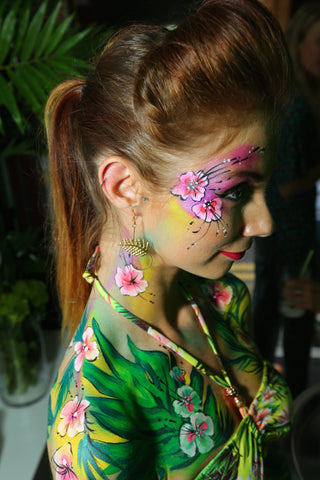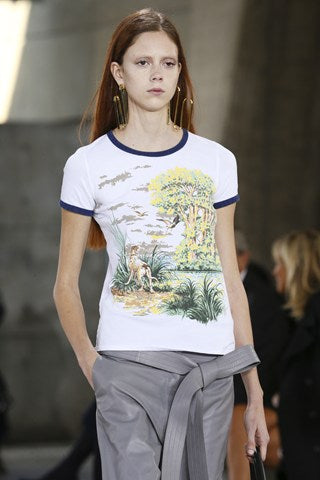Some must-know facts about diamonds.
Absolute perfection.
Flawless nature and pure beauty. We’ve tried to find one word for all these adjectives. And we came up with DIAMONDS. These pearls are metastable allotropes of carbon with strong covalent bonding between its atoms. In order for a diamond to form in natural condition, it requires high pressure carbon-bearing materials exposure between 900 – 1 300 °C [conditions that can be found only in two places on earth: in lithosphere and at the site of a meteorite strike. As a matter a fact, diamond crystals are brought closer to earth’s surface through volcanic activity.]. Roughly speaking.
But, where do they come from?
It’s been said that diamonds have been mined [for the first time] somewhere in India along the Penner, Krishna or Godavari rivers. And more than 3 000 years have passed since then, but their true popularity has risen in the 19th century because of their usage in engraving tools that have led to economical growth in the entire world. Moreover, alongside the Orange River from South Africa, immense diamond mines were discovered in 1867 and then boom. [Practically, the earliest written proof of diamonds’ existence dates back to ca. 500 B.C.] All the financiers and business people saw a glimpse. The investments that came afterwards were huge, yet endangered and the diamonds’ price depended entirely on their scarcity.
“The soul is placed in the body like a rough diamond,
and must be polished, or the luster of it will never appear.”
DANIEL DEFOE
English trader, writer, journalist, most famous for his Robinson Crusoe novel [ca. 1660 – 24 April 1731]
The American investigative journalist [and Harvard professor] Edward Jay Epstein said in his 1982 Have You Ever Tried to Sell a Diamond? article that “the diamond invention is far more than a monopoly for fixing diamond prices; it is a mechanism for converting tiny crystals of carbon into universally recognized tokens of wealth, power, and romance”. The word “diamond” comes from “proper”, “unalterable”, “unbreakable” ancient Greek descriptions. In order to gain “the hardest material on Earth” title [actually, it’s only a myth that diamonds are 58 times stronger than anything else that exists in nature, Aggregated Diamond Nanorods (ADNRs or “hyperdiamond”), heated carbon fullerene molecules, is 11% harder than a diamond], diamonds have to check the purity, crystalline perfection and orientation attributes first. Their hardness is higher as they get near flawlessness.
“Diamonds are intrinsically worthless,
except for the deep psychological need they fill.”
Nicky Oppenheimer
[Chairman at De Beers, one of the biggest companies of Mining and trading of diamonds, founded in 1888]
In their pure state, diamonds have no colour, but the rarest ones are blue or red as opposed to the most common yellow and brown coloured. When it comes to countries and their diamonds, Russia produces the biggest volume in the world while Botswana is first in value of diamonds. North America can produce 12% of the total diamond production [on earth] because of the Ekati Mine and others from Canada. There is no surprise that America is the largest diamond market even though the U.S. produces almost no diamonds.
Many companies now mine diamonds across the world with over 50% coming from Africa. Only 20% of rough diamonds are good enough to be polished and used for items such as rings, earings and necklaces.
There are four stages the diamond must go through before it reaches the market place.
- Mining.
- Rough Diamonds Reach the Market Place.
- Manufacturing the Diamond.
- Selling the Diamond.
http://www.jewellerymonthly.com/where-do-diamonds-come-from/#
 New Coconut Collection
New Coconut Collection





